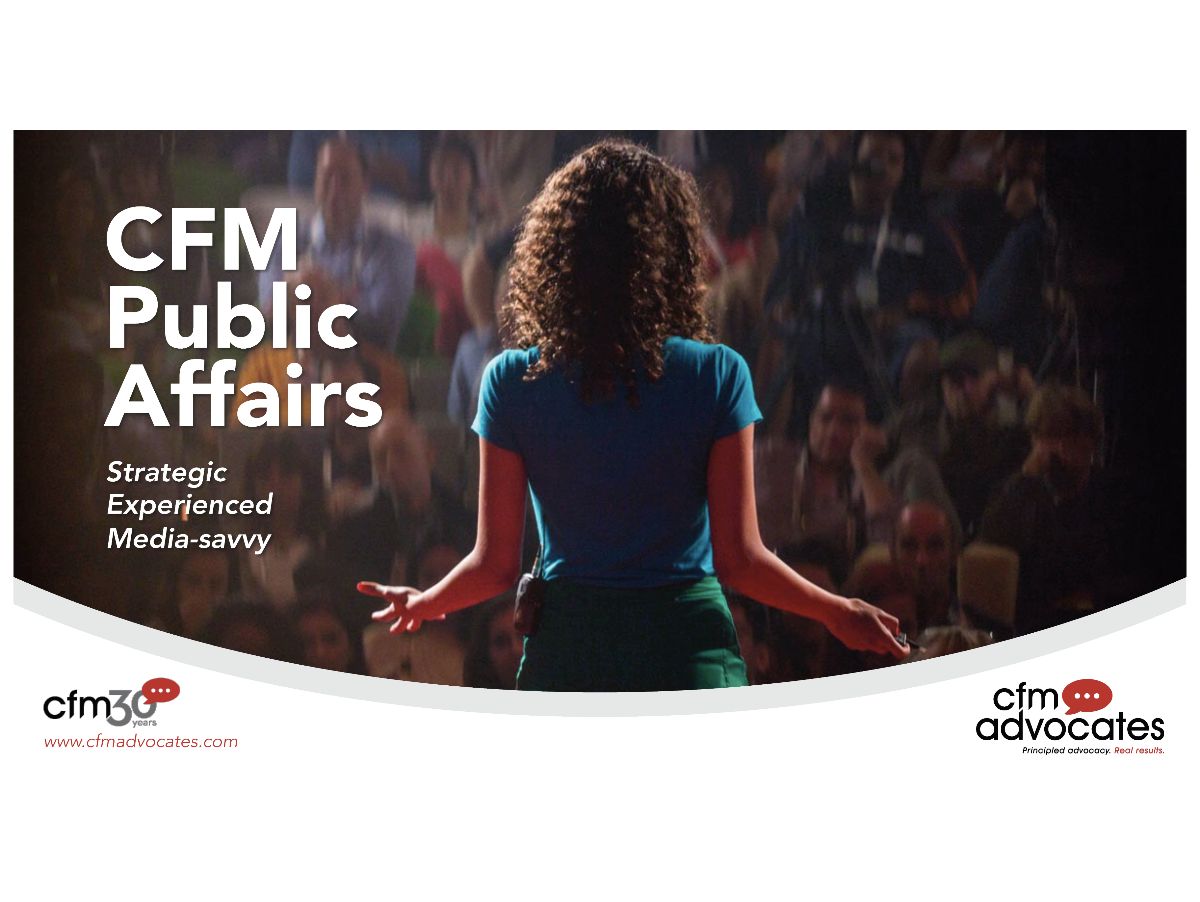
Take a Page from News Editing to Tell Readable Stories
Corporate communications is better known for producing drivel than riveting copy. A veteran media consultant has useful suggestions to make corporate press releases readable – and worth reading.
“With all the new tools and technologies (or maybe because of them), the ability to put one good sentence after another ismore important than ever,” writes Jim Ylisela, co-founder of the Ragan Consulting Group. That requires, he says, someone like Lou Grant, the crusty television news editor on The Mary Tyler Moore Show, to “rip copy to shreds”. Left unsaid, corporate PR pros shouldn’t emulate Ted Baxter.

Jim Ylisela urges corporate PR professionals to look for interesting angles and edit what they write ruthlessly to produce content readers will read.
Former journalists are familiar with the red ink of a seemingly ruthless editor. However, many corporate PR staffers never worked in a newsroom, so are less familiar with the rigors of double-checking facts, rewriting sloppy sentences and seeing your “masterpiece” show up somewhere near the comics section. Ylisela’s advice for corporate PR professionals mirrors how news editors treat copy. Here are some of his suggestions:
“Treat news like it’s news”
Journalistic style is to lead with the best fact first. Editorial judgment centers on whether a story is newsworthy. A story can be written to style but lack newsworthiness. The challenge for corporate PR professionals is to push back on puff pieces and act like a reporter to find an interesting, newsworthy story angle. Ylisela encourages putting the “news” up front, with a headline that grabs attention and a lead paragraph that draws in the reader. “Tell us all we need to know,” he says.
“Audience first, organization second”
Write to the audience that will be interested or affected by the news, not to the corporate corner office. Ylisela advises, “Tell us why we should care”. There will be plenty of room in the well-constructed press release to describe the organization’s role.
“Pull the stories out of the numbers”
Don’t rely on data and statistics to tell your story. The task is to explain why the data and statistics matter and the story they reveal. Whether reading something in print of listening to a presentation, people can be overwhelmed by numbers. Worse, they don’t remember them. Ylisela suggests humanizing stories to make their significance clear and compelling. Data and statistics can provide a supporting role, especially if they are rendered in charts designed to underscore the story line.
Some topics, no matter how important, are deadly dull. Your challenge is to find something that might connect with your audience.
“Don’t fall into the cliché trap”
Quoting the CEO may be a good career move but doesn’t always generate news. Good reporting incorporates quotes that advance the story line, not impede it. Reporters quickly learn that great quotes don’t just tumble out of the mouths of people they interview. Sharp questioning is often required to get a quote that will stick with readers as well as inform them. Ylisela warns against relying on clichés (“people are our greatest asset”) or peppering a press release with corporate jargon that translates for most audience members into gibberish.
“Whatever you do, don’t be boring”
After interviews, fact-checking and pushing back on corporate “directions”, the writer’s job is to create something of interest. “Some topics, no matter how important, are deadly dull,” Ylisela explains. “Your challenge is to find something that might connect with your audience. Look for another way in or a different angle. Try to surprise them. Add a little color or description.” A good test, he says, is to ask yourself whether the story is interesting. If it doesn’t interest you, chances are it won’t interest the intended audience.
Having worked as a reporter, editor, corporate spokesman and communications professional, blending journalism and corporate PR seems natural. For example, just because a city council meets doesn’t mean anything newsworthy occurs. Ditto, just because a CEO or an important client believes something is newsworthy doesn’t make it so.
While reporters work under editors, corporate PR professionals work under management. Both can be equally challenging. The main difference is that reporters and editors share a common perception of news. That’s not always true for corporate PR professionals and their bosses. Reporters may cajole editors to give their stories prominence. Corporate PR professionals are more likely to find themselves trying to talk their bosses out of a self-serving press release or milquetoast media response.
The value of Ylisela’s advice is that corporate PR professionals should adopt habits from their journalistic peers in sniffing out the news, checking the facts and telling the story in a way audiences will value. Little things matter such as writing copy and numerals consistent with AP Style and keeping sentences short and punchy.
The best advice of all is that stories are meant for readers and viewers, not their storytellers.




